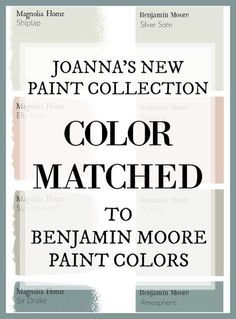Painting Cabinets
I usually get asked daily about 2 things-
1. Grays
2. Painting Cabinets
Grays I've touched on in a past post but if you're thinking of painting your cabinets, have a seat, we have a lot to go over. It's a process that requires a lot of work but if you do it right, you should only have to do it once.
In a lot of scenarios people are dealing with well built oak cabinets that are in great shape but the finish has gotten orange or yellow over the years due to the aging top coat. New kitchen cabinets can cost you thousands of dollars but painting them and maybe changing the hardware to update them, may only cost you a couple hundred. First I suggest "scuff sanding" the doors. Not to remove the finish but to open up the pores of the existing top coat in order to take something new, your primer! But before we go on to adding the primer I recommend giving them a good cleaning. I would use TSP which is an inexpensive powder cleaner you add to water or simple Dawn dish soap. Ultimately what we are trying to do is remove those pesky finger oils that are invisible to the naked eye so that you get the best even adhesion of primer possible. After primer comes a very specific top coat. Some may still say that an "oil based paint" is your most durable option but I would beg to differ. Paint has changed a lot in the last 5 years and it has had to as our government has started to pay attention and is actually limiting the chemicals or VOC's that are emitted from our paints. Good news for human kind, bad news for paint. The finishing top coat I would recommend is a waterborne enamel. This means to you that it won't smell (exhume toxic chemicals), cleans up with soap and water and is durable enough to be touched/cleaned everyday but not chip.
This product does tend to cost a little more but I like to say with paint
"you only get what you pay for."

The product I am most comfortable with is by a company called California Paints called ULTRA or a product by C2 called Cabinet and Trim.
When working with either I find satin or semi-gloss are the most common depending on personal preference of shine. One helpful suggestion I try and remind DIY'ers is that it is a water-based product and that means it has a faster dry time compared to an oil. Why this is important is because once you've started in an area and moved along, leave it alone! The paint has already started to dry and will self-level. If you find yourself going back to where you started, you are simply pulling the paint, creating brush marks, making it worse. Leave it alone!!!
Suggestions: Switch out pendant lighting for an inexpensive update OR paint your island/peninsula a different color than your cabinets for a pop of color! Stay tuned, I'll talk about painted islands next week!





Comments
Post a Comment